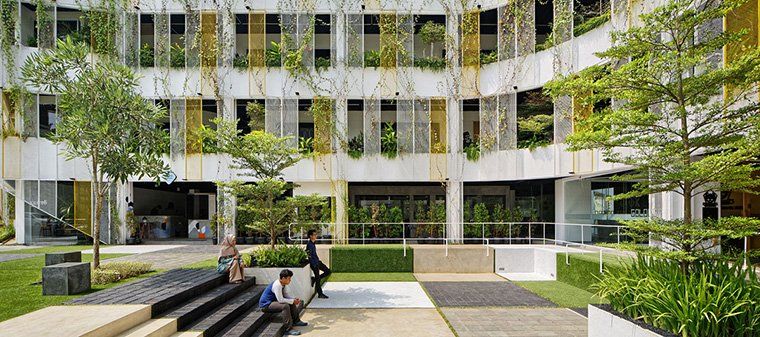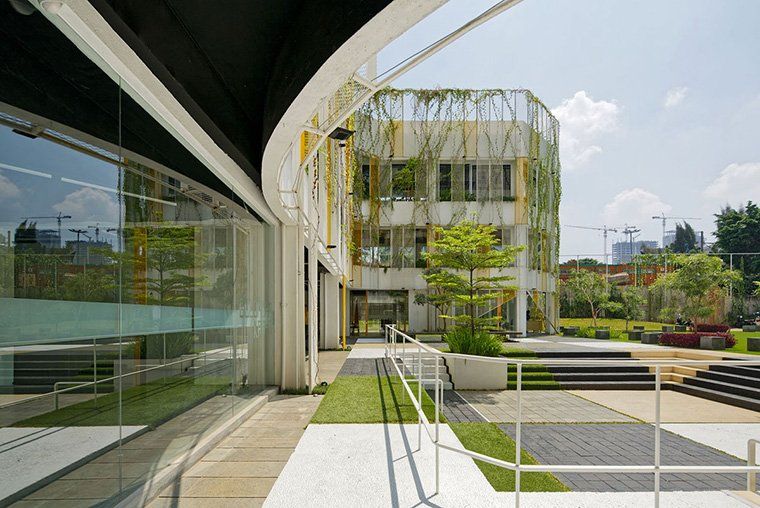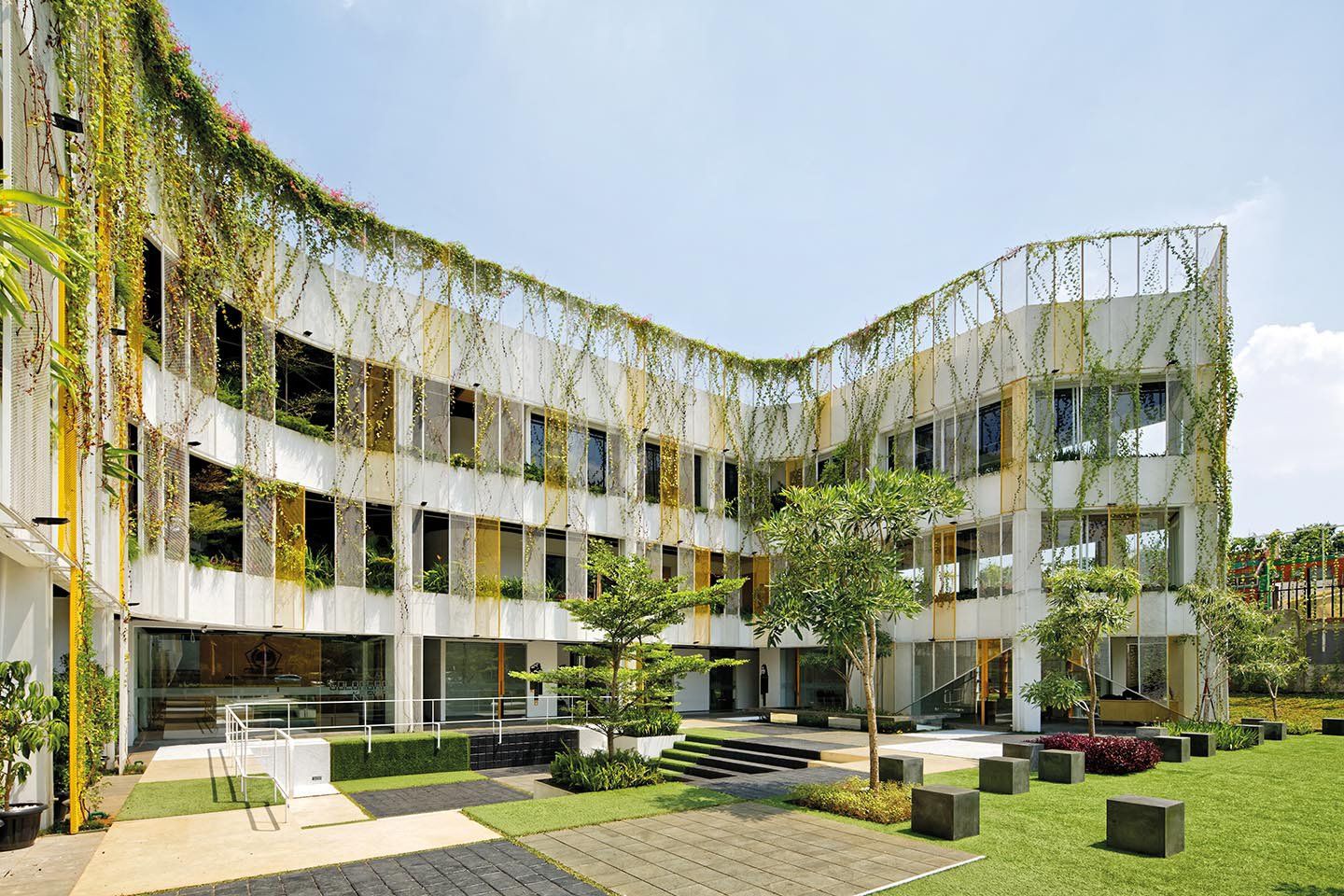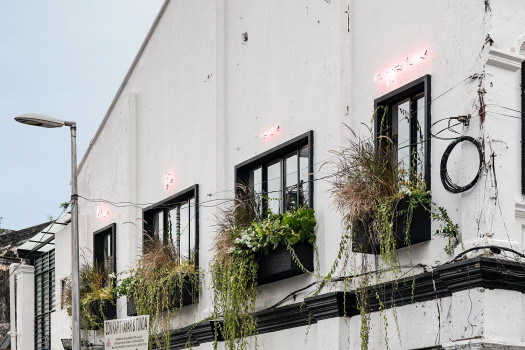Delution Designs A Political Party Office That Opens to Public



Two years ago, when MRT Jakarta and many of the now-opened public spaces in the city had not yet existed, the idea of hanging out and strolling in some parks was deemed peculiar. With most of the public parks in Jakarta being gated, rarely maintained and poorly lit in the evening, parks were not the place of choice for people to spend their time. Parks, like those surrounding Monumen Nasional, were only popular on weekends or holidays, and people preferred to be in an air-conditioned mall, whiling their time away.

Although it is comfortable to be in a café with cool surroundings, people are self-conscious about how long they could stay in one place and the need to spend on food or drinks. The idea of freely doing whatever one wants in a place, then, becomes the need of Jakartans, which become the main consideration for Delution to design the Political Party Golkar’s Office in 2017.

Tasked to renovate an existing three-story building, Delution transformed the ground floor area to be open to the public. An existing building on the site’s frontage was levelled to allow an expansive open space for public use. Moreover, gates that bounded the property were stripped to create a seamless connection between the public and private areas. This daring action, which was unlikely to be done for a private building in this city for security reasons, created a striking contrast to its surroundings, resulting in a welcoming and inclusive space for all.

To help generate activities, the sheltered space on the ground floor was made available for lease for F&B businesses. Moreover, the designers carved out a portion of the open area and converted it as a small amphitheatre. The openness and seamless connection between spaces are also applied to the office interior. Delution designed an open plan office as a representation of openness that is present throughout the building, reducing the strict organisational structure of the spatial scheme.

By opening the space for public use, the design has enabled a shift of image the public has towards a political party—from a secretive, exclusive organisation to a transparent, inclusive institution. Without any restriction on what people could do and how long they could stay at this place, the Golkar Office is a good example of what a public space should be. In fact, it would be interesting to see if there could be any collaborative activity between the party and the public at this civic space.




 Indonesia
Indonesia
 Australia
Australia
 New Zealand
New Zealand
 Philippines
Philippines
 Hongkong
Hongkong
 Singapore
Singapore








